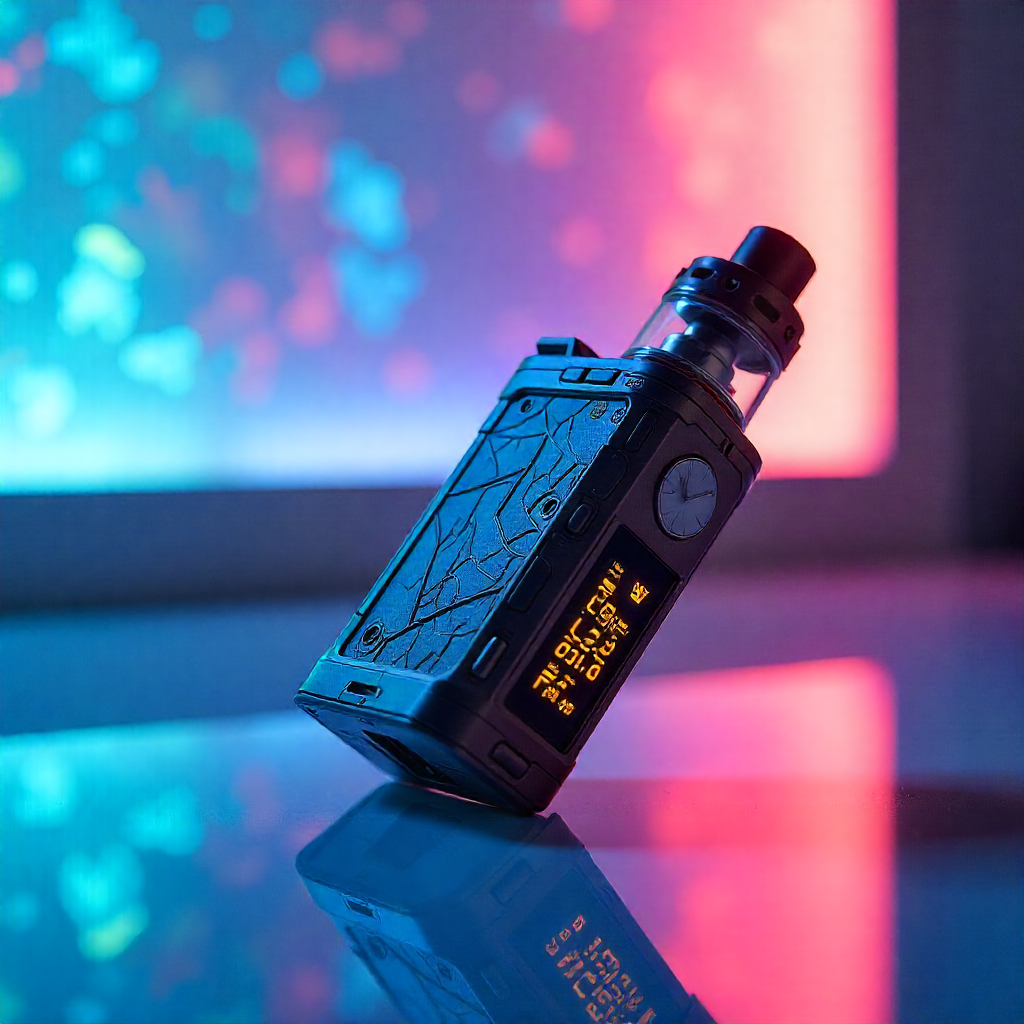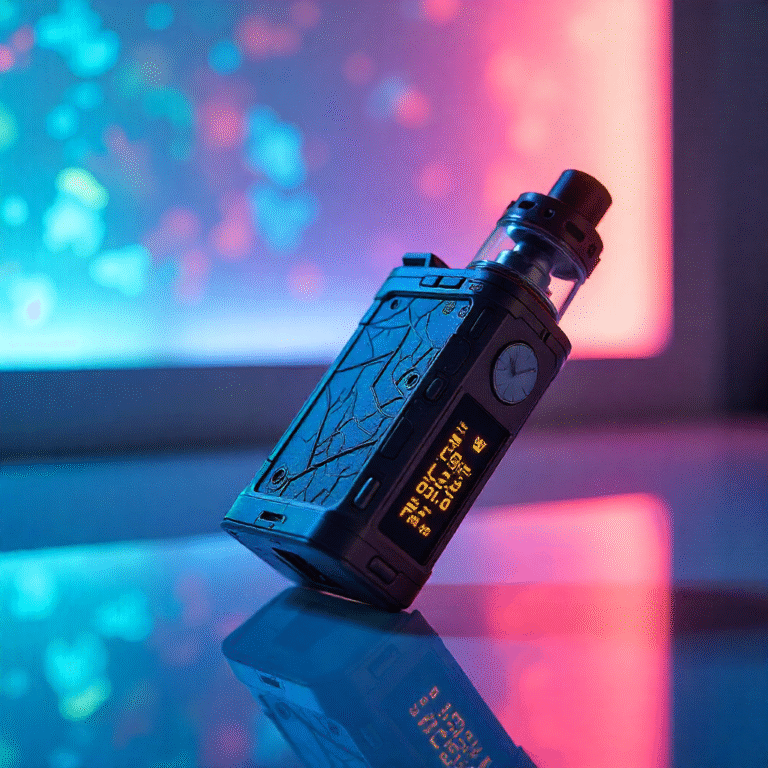
The journey of vaping devices from their humble beginnings to the sophisticated mods of today is a story of rapid innovation, changing consumer habits, and shifting perceptions about smoking alternatives. When electronic cigarettes first hit the market in the early 2000s, they were designed to replicate the look and feel of traditional tobacco cigarettes. These early devices, commonly known as cig-a-likes, were small, disposable, and extremely simple in design. They were aimed primarily at smokers looking for a less harmful way to satisfy their nicotine cravings without the tar, combustion, and smell associated with cigarettes. While groundbreaking at the time, these devices had significant limitations, including low battery life, minimal vapor production, and limited flavor options.
As vaping gained popularity, manufacturers began to recognize the demand for more powerful and versatile devices. This led to the development of vape pens, which offered longer battery life, refillable tanks, and improved performance. Vape pens opened the door to experimentation, allowing users to explore different nicotine strengths, flavors, and even adjust how much vapor they produced. This was the first real turning point in vape culture, as it shifted vaping from a cigarette replacement to a standalone lifestyle choice. People were no longer just trying to quit smoking; they were customizing their experiences, comparing flavors, and engaging in the growing vape community both online and in local vape shops.
Soon after, the market saw the rise of box mods, which marked a dramatic evolution in design and function. These devices were significantly larger, often box-shaped, and allowed users to manually control settings like wattage, voltage, and even temperature. With removable batteries, replaceable coils, and larger e-liquid reservoirs, mods offered more power and customization than ever before. This innovation fueled a culture of hobbyists and vape enthusiasts who took pride in building their own coils, fine-tuning their settings, and achieving massive clouds or the most refined flavor. Mods were no longer about replacing cigarettes — they were about engineering the perfect vape.
Alongside the development of hardware, the e-liquid industry was evolving just as quickly. The original tobacco and menthol flavors were soon joined by a vast array of fruit, dessert, drink, and exotic blends. Flavor became a central part of the vaping experience, with users seeking unique combinations and sharing reviews online. The ability to customize flavor and nicotine strength gave users more control than ever before, which further separated vaping from smoking and helped it become its own identity.
In response to the popularity of large mods and sub-ohm devices, a new wave of compact products emerged. Pod systems, launched in the late 2010s and refined throughout the 2020s, offered the best of both worlds. These small, sleek devices provided strong nicotine delivery using salt-based e-liquids, while still being portable and discreet. Pod systems became especially popular among those who wanted a simpler, more convenient experience without sacrificing satisfaction. They catered to ex-smokers and casual vapers alike, reigniting interest in vaping among people who found box mods too bulky or complicated.
By 2025, vape technology has reached new heights. Devices now feature smart chipsets, automatic safety protections, Bluetooth connectivity, and even app integration to monitor usage habits. Modern Hayati Vapes are designed not just for functionality but also for aesthetics, with high-end materials, LED displays, and customizable skins. Disposable vapes have also re-emerged as a dominant force, especially among younger users who prioritize convenience. These new disposables offer better flavor, longer battery life, and higher puff counts than their early predecessors, showing how far the industry has come in such a short time.
Despite these advancements, the evolution of vaping hasn’t been without controversy. Regulatory bodies across the world have implemented stricter laws to address youth access, product safety, and marketing practices. As a result, today’s vape companies are held to higher standards in terms of quality control, ingredient transparency, and packaging. This regulation, while challenging for some manufacturers, has improved consumer confidence and encouraged responsible use.
In summary, the evolution of vapes from e-cigs to mods and beyond reflects a broader shift in how people approach nicotine consumption. What started as a basic tool for quitting smoking has transformed into a diverse and innovative industry with products for every kind of user. From the early cig-a-likes that mimicked cigarettes to today’s high-tech, feature-rich mods and pods, vaping has undergone a technological and cultural revolution.



